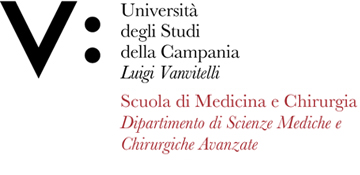Alessandro TESSITORE
Insegnamento di NEUROLOGICAL DISEASES
Corso di laurea magistrale a ciclo unico in MEDICINA E CHIRURGIA
SSD: MED/26
CFU: 5,00
ORE PER UNITÀ DIDATTICA: 50,00
Periodo di Erogazione: Secondo Semestre
Italiano
| Contenuti | |
| Testi di riferimento | |
| Obiettivi formativi | |
| Prerequisiti | |
| Metodologie didattiche | |
| Metodi di valutazione | |
| Altre informazioni | |
| Programma del corso |
English
| Teaching language | English |
| Contents | |
| Textbook and course materials | - Adams and Victor's Principles of Neurology 10th Edition |
| Course objectives | The student has to: a) acquire the basic elements of the neurological examination and of the clinical approach to a neurological patient; b) know the different diagnostic procedures and tools which can help the clinician in the differential diagnosis; c) achieve the correct neurology clinical method |
| Prerequisites | The student has to possess an adeguate knowledge of basic neuroanatomy and neurophysiology |
| Teaching methods | Frontal lessons and clinical cases presentations |
| Evaluation methods | Oral examination.The oral exam covers all the aspects of the theory of neurological disease. The student should be able to discuss on the topic and be able to connect and analyze the different subjects. |
| Other information | |
| Course Syllabus | a) NEUROLOGY |








